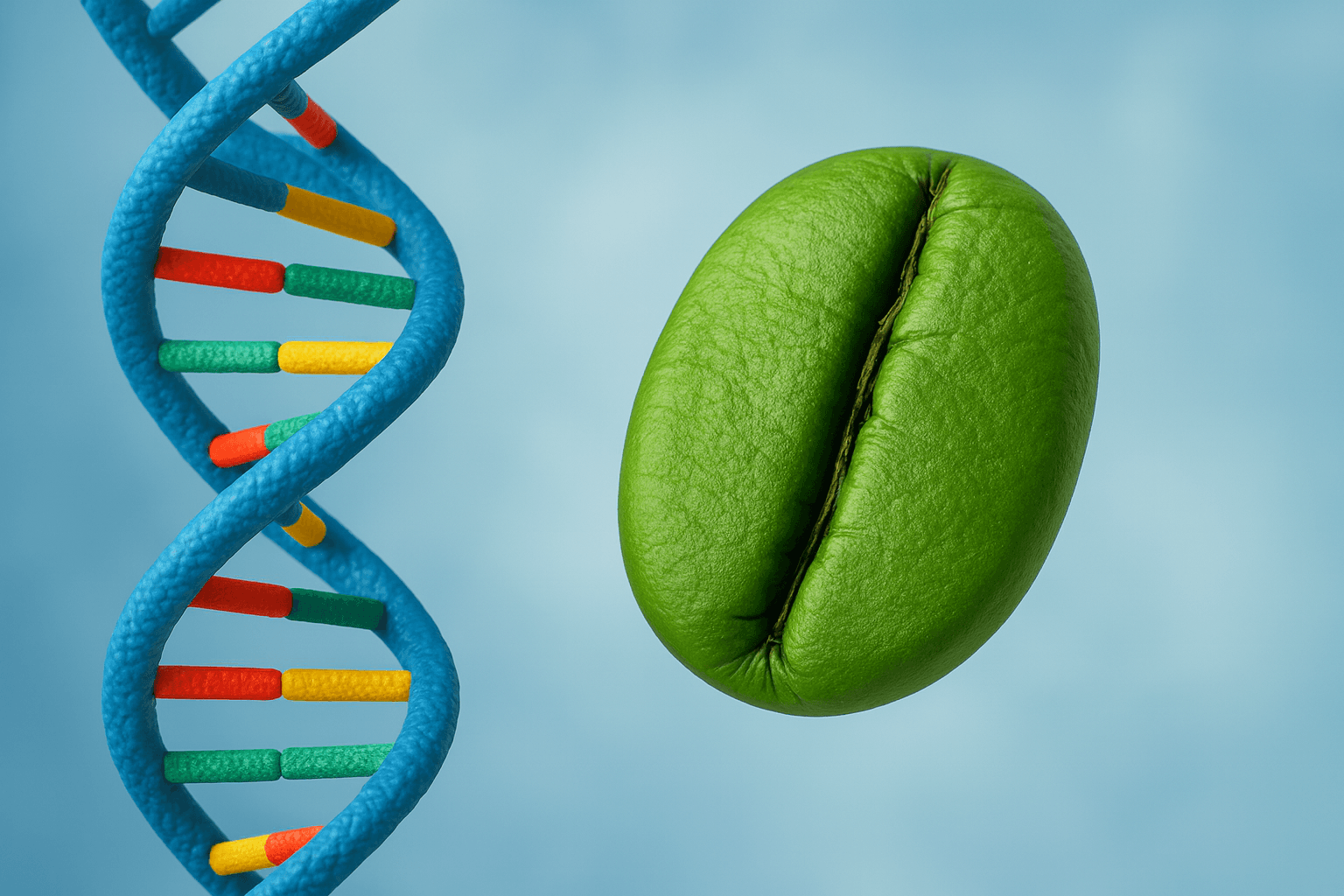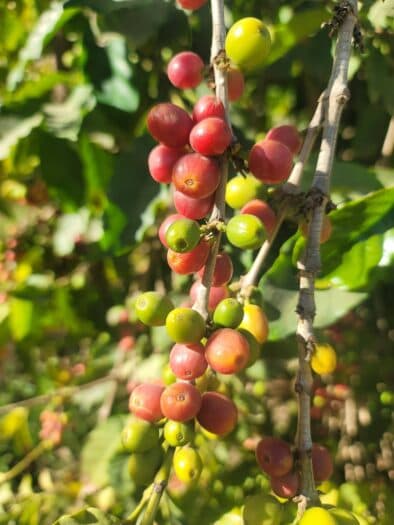By Ennio Cantergiani
Owner and Managing Director, l’Académie du Café – Switzerland
In recent weeks, I commissioned DNA analyses from a laboratory specializing in coffee genetics. I sent four coffees, each proudly marketed under a specific variety name. My goal was not to name farms or origins, but to highlight a crucial point: the specialty coffee industry must start using DNA verification as part of its quality control.
The Results
Authentic Varieties
-
Pink Bourbon — DNA confirmed it was genuine Pink Bourbon.
-
Geisha — DNA confirmed it matched the authentic Geisha genetic profile.
Misidentified Varieties
-
Typica Mejorado — DNA revealed it was not Typica Mejorado at all.
-
Java — DNA showed no match with the original Java variety; instead, it aligned more closely with a Catimor/Sarchimor hybrid.
Why Mislabeling Happens
Misidentification — whether from intentional fraud or unintentional mistakes — is more common in specialty coffee than many might think. Common causes include:
-
Honest Ignorance
Farmers may plant seeds from neighbors or nurseries without verified genetic identity. In many regions, varietal names are passed down verbally without scientific confirmation. -
Seed Contamination
Poor nursery practices can lead to mixed seedlings in the same batch. Open pollination without controlled isolation can cause natural crossbreeding. -
Market Incentives
High-value varieties like Geisha, Pink Bourbon, or Sidra command premium prices, tempting some to mislabel for higher profits. -
Lack of Standard Verification
Many variety claims rely on visual identification — leaf shape, bean size — which is unreliable for hybrids and introgressed lines.
Why It Matters
-
Pricing & Trust – Specialty buyers pay higher prices for specific varieties expecting distinctive cup profiles. Mislabeling damages trust between farmers, roasters, and consumers.
-
Research & Breeding – Accurate identification is vital for agronomy, disease resistance, and flavor research.
-
Consumer Transparency – If transparency in origin and processing is important, genetic identity should be part of that promise.
The Way Forward
-
Make DNA Testing Accessible – Costs for coffee DNA analysis are falling, making it feasible for more producers and exporters.
-
Build Genetic Reference Libraries – Expanding verified databases of coffee varieties will improve accuracy.
-
Verify at the Source – Nurseries, cooperatives, and exporters should conduct DNA checks before coffee reaches the market to prevent fraud and errors early in the supply chain.
Conclusion:
The story of a coffee doesn’t end at the farm — it’s written in its DNA. To protect quality, authenticity, and trust across the specialty coffee sector, genetic verification should become a standard practice from seed to cup.


